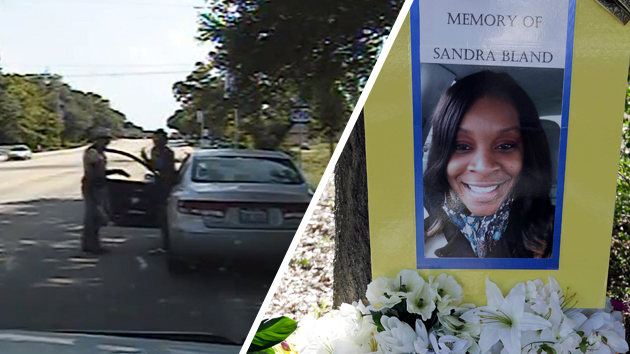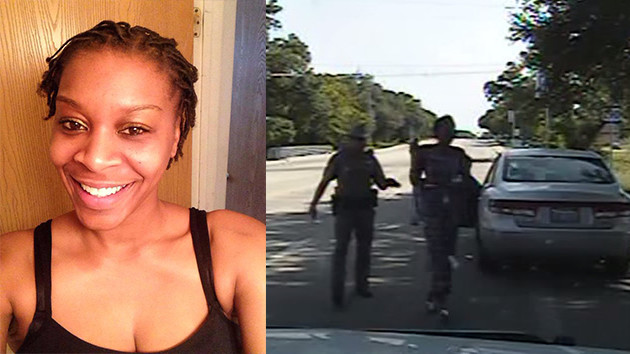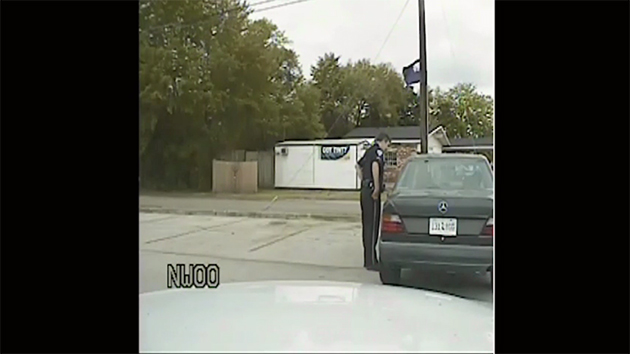The traffic stop that set off a chain of events leading to Sandra Bland’s death in Waller County, Texas, is the latest in a series of recent roadside police encounters that quickly escalated into violent confrontations. Bland was one of at least two people to die in custody following a traffic stop during the same week. While medical examiners have ruled her death in jail a suicide, the circumstances behind Bland’s demise remain under investigation.
It is unclear how often traffic stops result in deaths or injuries. But a growing number of studies have shown that cops stop and search black people at a higher rate than whites.
According to data collected by the Texas Commission on Law Enforcement, a disproportionate number of the drivers pulled over by police in Waller County in 2014 were black. Out of 12,300 traffic stops, more than 29 percent involved black drivers, while black people make up about 26 percent of the county’s population. In comparison, whites, who make up 70 percent of the county’s population, were involved in 44 percent of traffic stops.*
Ten police agencies serving the county reported traffic stop numbers to the Texas Commission on Law Enforcement as part of a state statute that prohibits racial profiling by law enforcement. In Prairie View, where Bland was pulled over by a state trooper—and where she attended a historically black college—about 64 percent of stops by local police involved black drivers. The city’s population is about 89 percent black and 5 percent white.
The Texas Department of Public Safety also publishes its data on traffic stops by race, but it does not break down the figures by county. About 10 percent of DPS traffic stops across the state in 2014 involved black drivers, compared with more than 29 percent of stops in Waller County.
Correction: An earlier version of the chart included data for Waller County’s Hispanic population, which may be of any race. Due to differences in data reporting on race and ethnicity between the US Census and the Texas Commission on Law Enforcement, a separate population chart has been added, where the white and black race categories include those identifying with a Hispanic ethnicity.
















